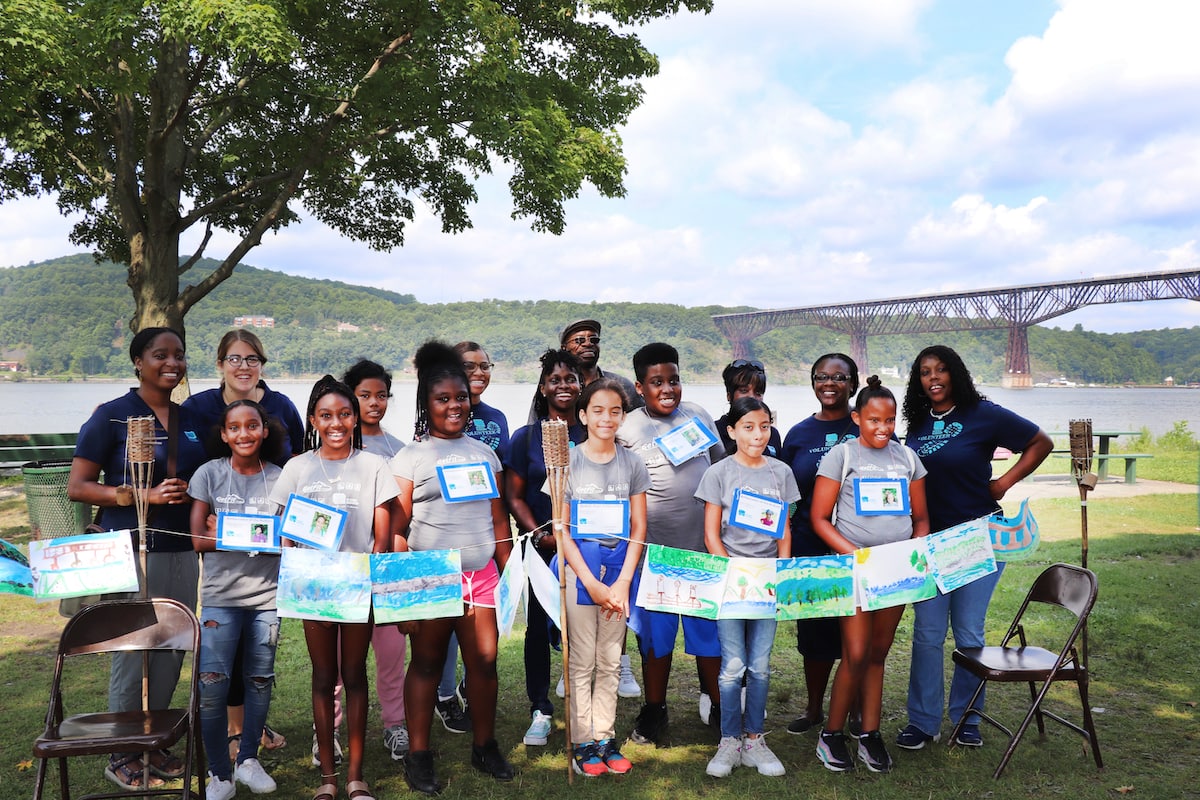Take Action: Urge NY to Invest in Equitable Climate Solutions

Every Hudson Valley community, whether a city neighborhood or rural hamlet, is unique. Yet we all have something in common — we face threats of climate change.
New York’s Climate Leadership and Community Protection Act not only is one of the nation’s most ambitious climate laws, but strives to ensure the state’s diverse communities benefit equitably from it. It acknowledges that while we’re all in this together — and need to come together — to make a meaningful difference in confronting this crisis, some communities need more support than others.
To achieve this, the climate law established a Climate Justice Working Group tasked with developing a set of criteria to evaluate the risks communities face from climate impacts and how systems of structural racism and injustice have left many Hudson Valley residents exposed to far greater environmental health hazards than others. Using these criteria, the group drafted a list of communities that are on the front line of this crisis.
Communities that make the final list will support efforts to vastly reduce the state’s greenhouse gas emissions. They will do this by receiving at least 35% of the act’s funding to invest in programs that will make neighborhoods healthier and safer, boost economic opportunity and jobs, and reduce air and water pollution. The bottom line: If we don’t give all communities the opportunity and tools to solve the climate crisis, we won’t advance sustainable solutions anywhere.
Projects to be funded include clean-energy and energy-efficiency programs, housing, workforce development, low-income energy assistance, and energy, transportation, and economic development programs.
Vulnerable valley communities need major investment
It may surprise you to learn that 47% of the Hudson Valley’s communities made this draft list, including the vast majority of municipalities along the Hudson — cities such as Kingston, Newburgh, and Poughkeepsie, as well as myriad villages. (This interactive map pinpoints communities on the list.)
In addition to showing that environmental injustice isn’t confined to our region’s most densely populated areas, the large number of local communities on the list should provide a wake-up call that far too many people in the valley are disproportionately affected by heat waves, poor air quality, flooding, and other climate impacts. More important, it stresses the urgency of taking united action now.
Here’s what you can do
Through July 7, the Climate Justice Working Group is soliciting public input on the criteria it used to identify the communities on its draft list. I strongly urge you to show your support for it — and especially for including so many communities throughout the Hudson Valley:
- Submit comments via email (to DACComments@dec.ny.gov) or mail them to: Draft DAC Comments, NYS DEC, Attn. Office of Environmental Justice, 625 Broadway, 14th Floor, Albany NY 12233.
- Speak out at a virtual public hearing from noon to 3 p.m. on Wednesday, June 29.
By lending your voice, we can make sure more of the valley’s communities receive the fullest possible health and economic benefits from New York’s transition to cleaner, greener energy. This is absolutely critical for addressing environmental injustice in this place we call home. And if we don’t come together and make this investment, we won’t solve the climate crisis.


